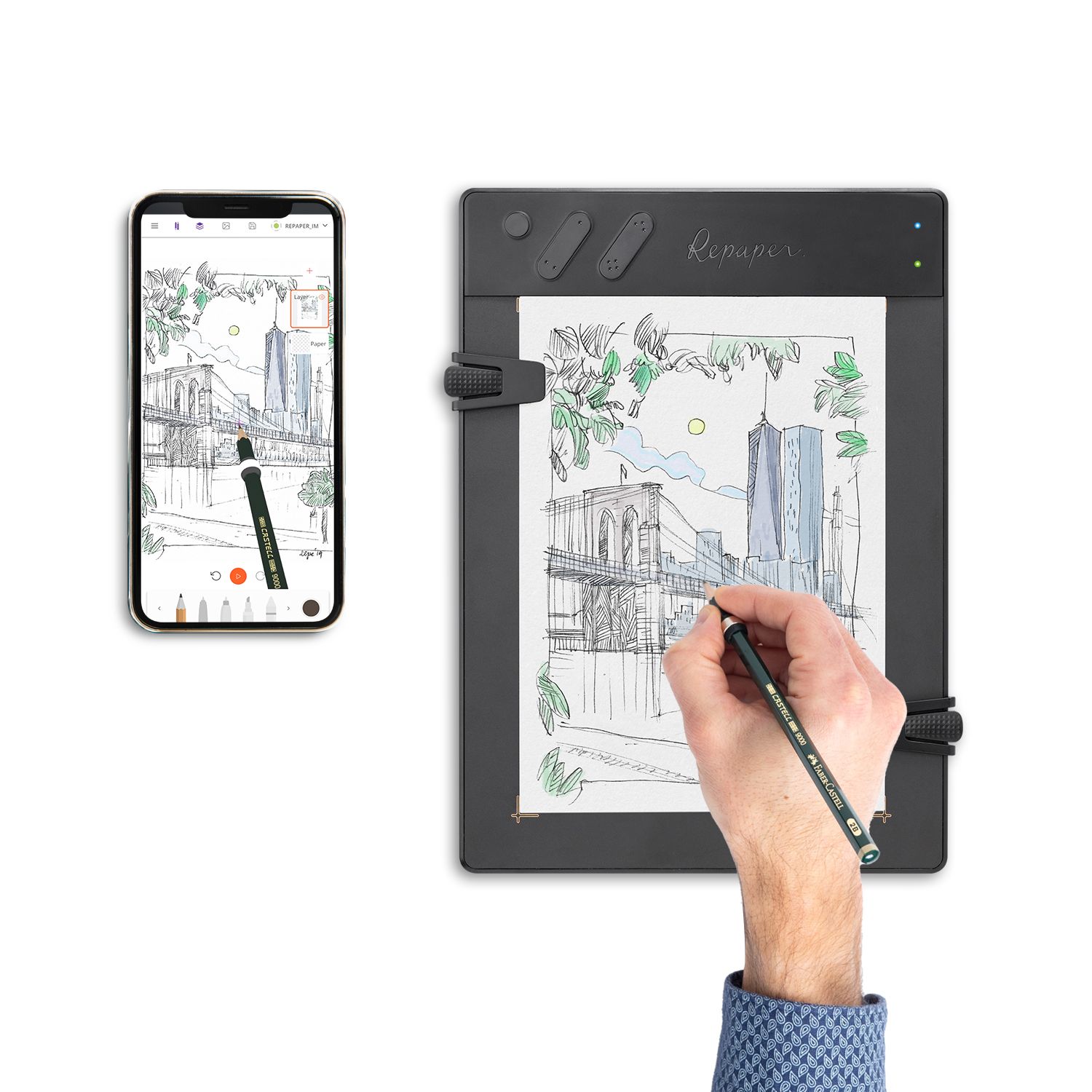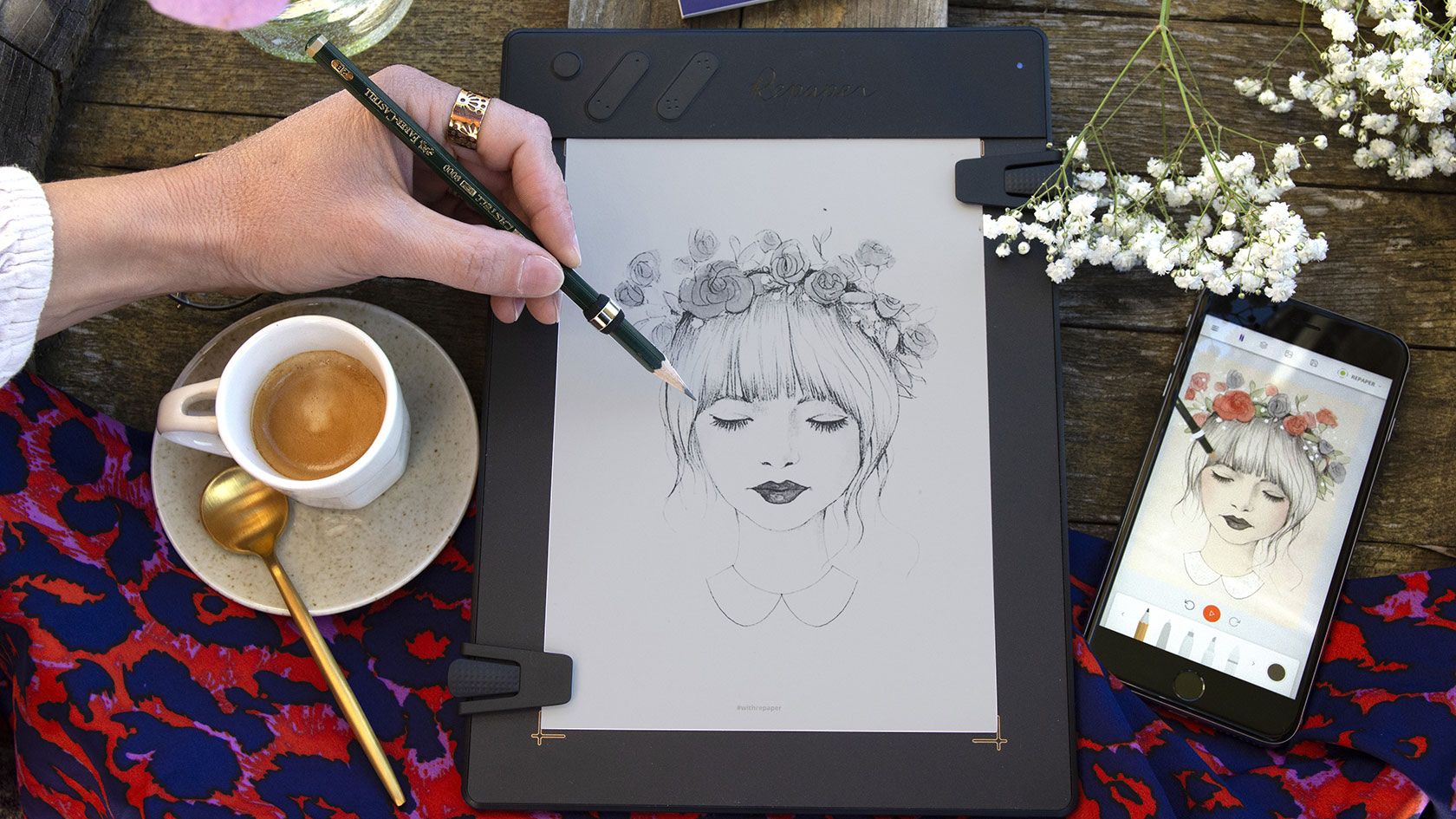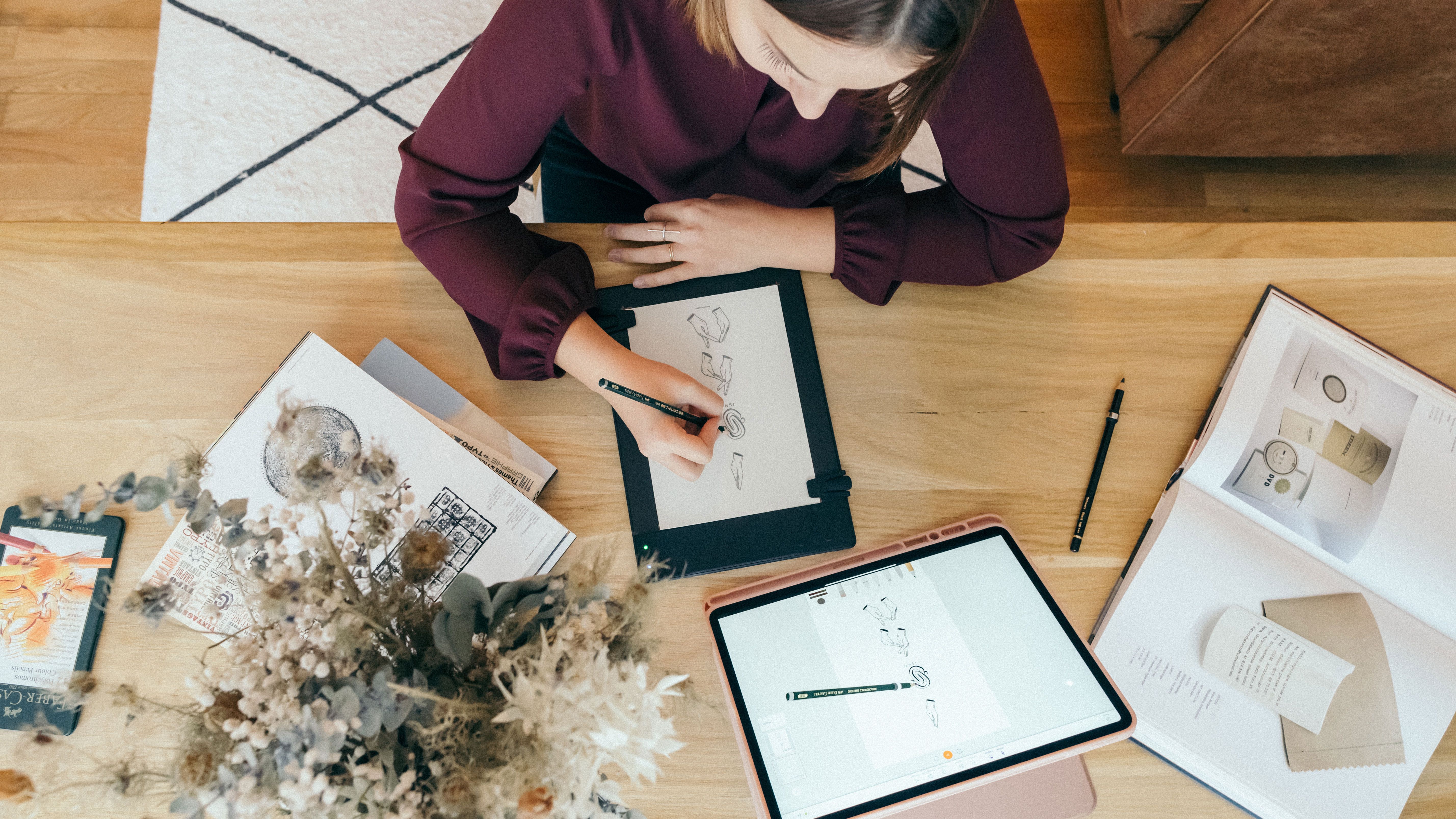
How to find inspiration in drawing?
Even if we learn how to draw and know how to draw properly and accurately, every beginner or experienced artist can be, one day, confronted with a lack of inspiration. But what is inspiration, and how to find it again in case of a blank page syndrome? We will give you here a whole series of tips to get over this problem, which is frequent in the artistic world.
What is inspiration?
To summarize what inspiration is, we could say that it is an influx of ideas that allows designers to be able to draw something creative, in a natural way, without having to think. However, this remains a rather vague concept, which could be mixed with creativity, and the fact of sketching and tracing one's thoughts easily. In order to have a more precise idea, we could define several types of inspirations.

Instant inspiration.
It is the pure inspiration that all creative people would like to have constantly, in order to make a drawing always more innovative and fulfilling their desires. We could relate this type of inspiration to the expression of feelings and emotions, of the present moment, combined with a drawing idea. Whether it is to draw a landscape, or to draw a character, the inspiration of the moment makes it possible to make a sketch always right, reflecting the artist who drew it, and often satisfying for him. However, this instantaneous inspiration is very volatile, and can leave in a few seconds if we don't take care to seize it on the fly.

Inspiration from experience.
Inspiration, if not provided by the present moment, is usually brought about by our own experiences. The more activities and hobbies you have, and the more knowledge you absorb, whether artistic or not, the more your inspiration will be galvanized by what you have seen. It is therefore important not to remain solely concentrated on your works, and to live fully in order to constantly have more new ideas.
Forced inspiration.
When we talk about forced inspiration, it is because it is guided by external constraints. Whether it's a professional assignment for a designer or a graphic artist, or a challenge that we throw to ourselves, the starting theme is imposed, and then, inspiration comes more easily because we already have a guideline.
Cascading inspiration.
This inspiration, often gratifying, allows, starting from a small and insignificant idea, to lead to another idea, then another, then another, etc. This can result in creations with countless details from a simple idea, which are gradually grafted onto your sketch, making the final copy unique, and sometimes more incredible than if you had had a global idea of your sketch from the very beginning.

To practice, practice and practice again the drawing.
The lack of inspiration is common for artists who have drawn a lot and who have reached a plateau in their apprenticeship. It is then necessary to experiment with several techniques, which we will examine later, to get past this blank page syndrome. The first and most important of these is to practice drawing regularly. Drawing a sketch, even if it is not worthy of a professional drawing, will allow you to get started in case of lack of inspiration. As we have seen, successive elements can be added to this sketch, not necessarily up to your expectations at the beginning, and you can find in these cascading inspirations some more interesting elements to work on. It is therefore important to keep some time dedicated to drawing, and to write down every little idea that comes to mind when the opportunity arises.

To do this, there are tools that can help you make drawings as often as possible. First of all, remember to bring a drawing book with you when you travel. This can help you draw your illustrations easily, whenever an opportunity arises. This drawing material takes up little space and only requires a pencil to use. A graphic tablet can be even more interesting in this situation. With it, you can draw what you see, while taking advantage of the power of graphics software such as Photoshop, or its vector equivalent Illustrator. Drawing software allows you to boost your creativity, thanks to the many brushes, pencils, effects, layers, ..., providing you with many options. However, it is difficult to move with your computer and your graphic tablet, and draw a quick sketch when an external element provides instant inspiration. For this purpose, there are graphic tablets that can be easily transported and that allow you to work without a computer, such as the ISKN Repaper. This type of drawing tablet allows you to place a sheet of paper on the work surface and draw on it like a standard sketchbook, without having to worry about clutter and hand-eye coordination between the drawing board and the computer screen. You get the convenience of a paper sketchbook, allowing you to draw with a standard graphite pencil, whose every movement is detected by a magnetic ring placed on it, while offering you to save every stroke of your paper drawing in the internal memory of the graphic tablet. Then, you just have to transfer it to your computer when you get home and work on it with your favorite software. Thus, it becomes the ideal tool to take advantage of every inspiration that comes to you when you travel.
Some advices to find inspiration in drawing.
Go against the fear of the blank page.
Creating drawings can regularly be hindered by the fear of the blank page. One technique to draw quickly, and get past this problem, is to simply draw a few lines or simple shapes, at random on your blank sheet of paper. Among the different drawing techniques, this one may seem rather simplistic, but it works very well. Once the first few strokes are drawn, the human brain tends to "repair" this kind of drawing into a more finished work, more easily than if it had to create an artistic drawing from scratch. It becomes easier to add new elements as you progress in your sketch.

Be inspired by techniques that are not well mastered.
When inspiration still does not occur, a solution can be to force it through learning. It is noticeable that beginners, while learning to draw, almost never have any problems with inspiration, as they are focused on applying what they have learned in their lessons. While taking additional drawing lessons may be an idea for a more seasoned illustrator, starting with a work that uses an untested drawing technique is a step towards finding inspiration. Between pastel, watercolor, oil or acrylic paint, comics, manga drawing, realistic drawing, and many other techniques, it is easy to lean towards a new learning. You can practice and then add these new skills to an easy drawing that you are used to doing. In the same way, you can revisit your old work, and rework the areas of dissatisfaction, developing your technical skills on what was wrong at the time. Setting goals to improve yourself is sure to be an excellent release for most people who are lacking in inspiration.
Take inspiration from other works.
Here, we are not talking about plagiarism, but about drawing inspiration from other artists' works to help you find inspiration. We have already seen that learning new drawing techniques can help you. However, it is also important to pay attention to the backgrounds, the details close to the horizon line, those that the average observer will not think to look at. You may find in them angles of attack, or interesting subjects to deal with in your drawings, even if you intend to sketch in a completely different style of drawing than the one you are analyzing.
Challenge yourself.
When we talk about challenging oneself, it consists in drawing on a regular basis by giving oneself constraints. Take a subject, some tools, a technique, and make challenges over a week, a month, a year, in order to make drawings, answering the given constraint, during this period of time. Make these challenges even more motivating by experimenting with new techniques. This will allow you to learn the basics of drawing in certain styles, or specific areas, and thus make you progress at the same time, while seeing your evolution over time. It is for example the opportunity for you, via a challenge asking you to draw a weekly sketch on the chosen theme, to learn how to draw a realistic portrait, how to draw the human body, its anatomy and its proportions, or to look at the nature-morte,... There are as many challenges to be launched as there are themes to explore.
Go out, discover, live!
This advice may be the simplest, but when you run out of inspiration, you have to know how to change your mind. Inspiration often comes from our experience, our emotions, everything we live, and that we want to transmit on paper. Go for a breath of fresh air, go to museums, concerts, watch people walking around, get inspired by nature, and spend time with your friends. All of these activities give you new things to write about in your drawings. There's nothing worse than sitting at home and thinking. Not only will you waste your time, you will not enjoy drawing, and the lack of inspiration will persist..
To conclude.
As we have seen, inspiration can be versatile, and losing it at some point in one's life is not a fatality. By following a few simple techniques, it can quickly be revived, but to avoid this, it is imperative to remain curious, to learn how to draw new things, and to feed on life, so that ideas keep flowing.


Discover more
How to find your drawing style?
Find your style to draw by following our tips and the accessories that will help you get there.
Graphics Tablet Tutorial: How to get started?
When you want to start making digital drawings or retouching images on a regular basis, there is an indispensable tool in the daily life of a draftsman, illustrator, graphic artist or designer: the graphic tablet
Develop creative ideas in meetings.
Organizing creative business meetings is a challenge, whether for managers who want to find new solutions to their problems or for creative professionals who need to deliver a visual message.
Newsletter
Keep up to date with iskn news and events
Free standard delivery
for purchase over $80
30-day returns
on all products
Secure payment
with Stripe & PayPal
Pay in 4
with PayPal
Customer service
chat with us


